On May 14, 2025, a CARINA Lighthouse and Stakeholder Meeting, along with a Demo Event, took place in Sebt Jahjouh Rural Municipality near Meknes, Morocco. The event was jointly organized by ICARDA, INRA, and Société Ouest Marocain, drawing the participation of 37 representatives from key Moroccan agricultural institutions, cooperatives, and research organizations.
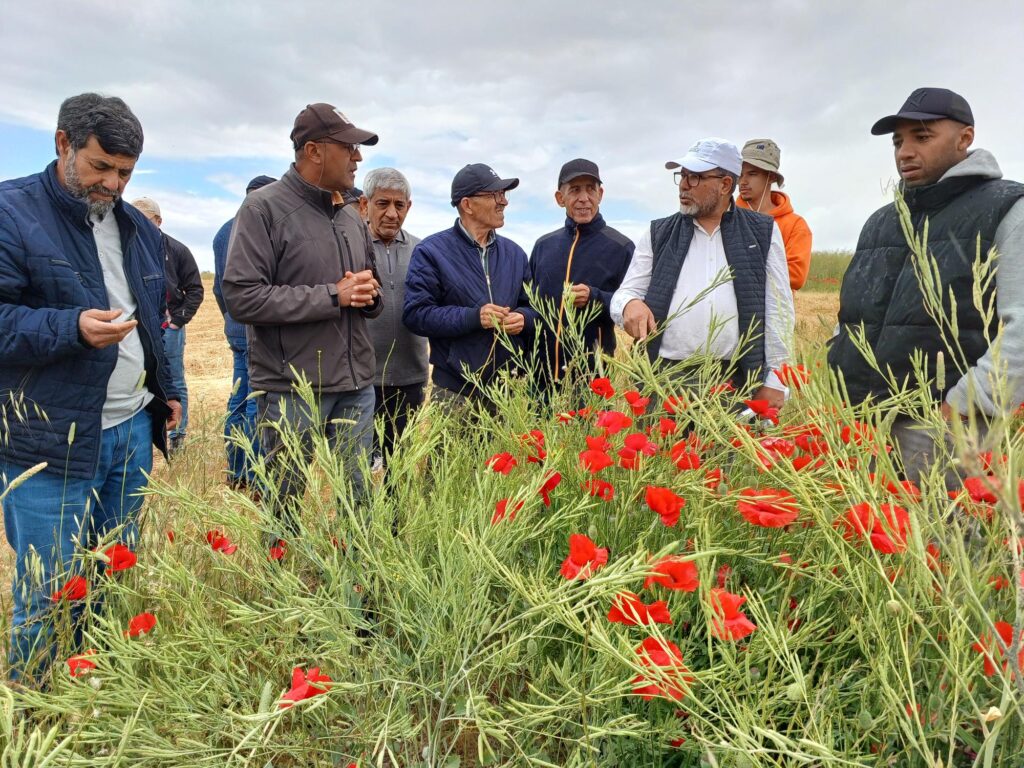
Dr. Abdelghani Nabloussi (INRA-Maroc) gave a presentation on rapeseed, its importance, and its role in crop rotation. Dr. Sripada Udupa (ICARDA) presented the CARINA project, detailing its objectives, ongoing activities, and results from other sites. He highlighted the relevance of introducing oilseed crops like camelina and carinata in Morocco to diversify cereal-based systems and reduce dependence on imported edible oils and cakes. He emphasized camelina’s adaptability to conservation agriculture and marginal lands, its low water requirement, weed suppression capacity, and multiple uses—from omega-3-rich oil and cosmetics to biodiesel and high-protein animal feed. Carinata oil was also noted for its suitability for biofuels and bio-based products, with its cake being valuable as animal feed.
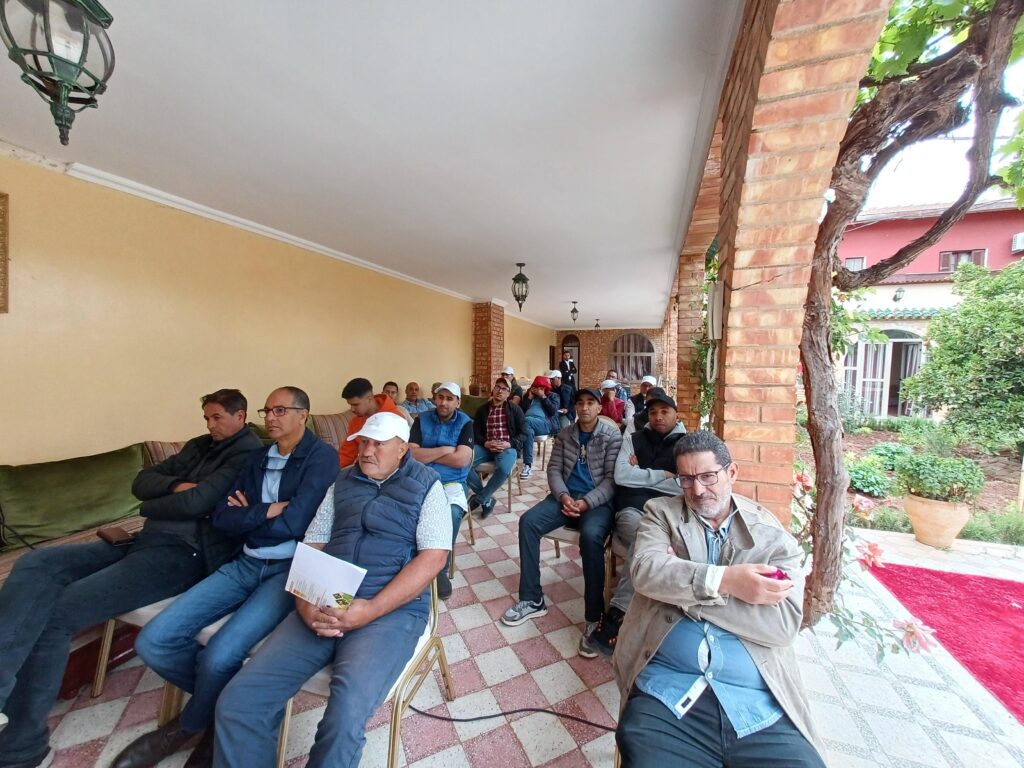
Dr. Abderrahim Bentaïbi (INRA-Maroc) spoke about the importance of conservation agriculture in cereal, legume, and oilseed crop production.
Mr. Aziz Zine El Abidine, lead farmer and President of Société Ouest Marocain, explained how camelina and carinata were cultivated using no-tillage practices and locally available cereal seeders. Mr. Brahin Aoujil shared his experience with camelina cultivation and harvesting using a locally available combine harvester.
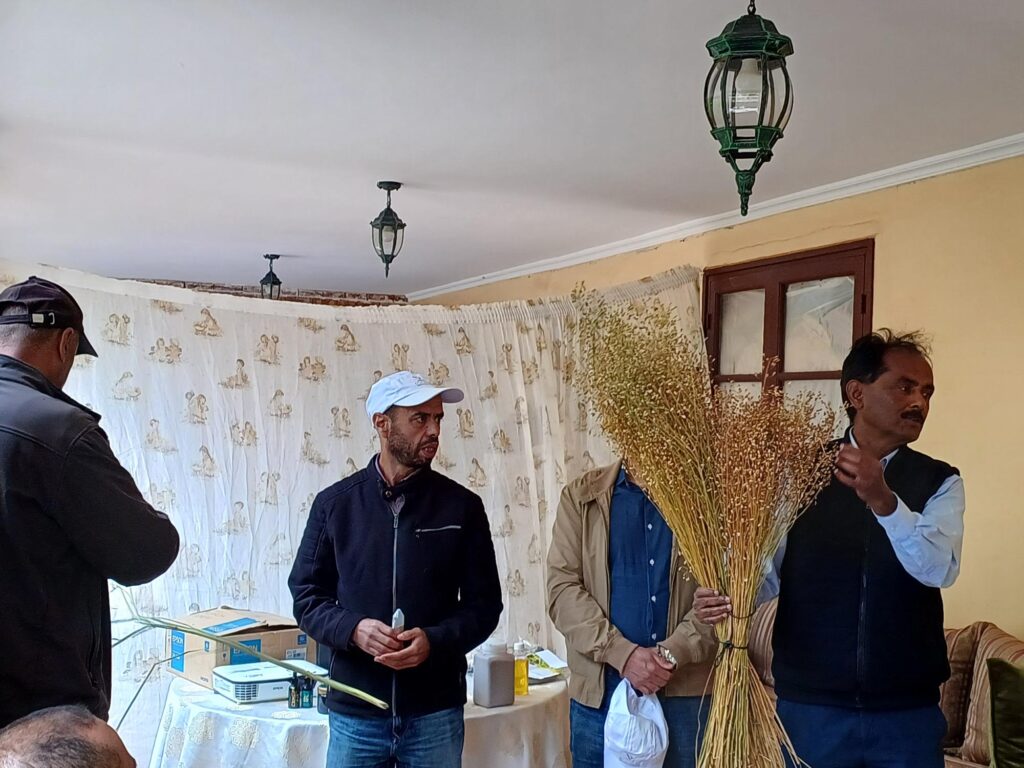
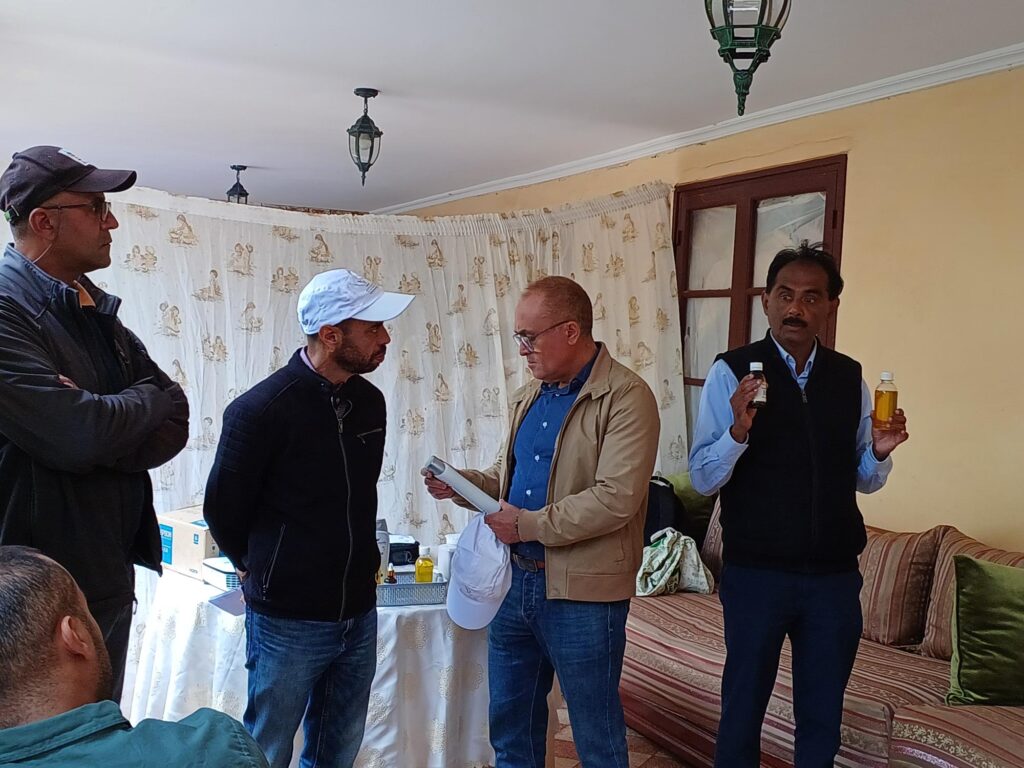
The presentations were followed by Q&A and discussions. Participants then visited camelina, carinata, and rapeseed fields and observed the crops‘ performance under drought conditions compared to wheat. Particular interest was shown in camelina’s weed suppression capability, especially against glyphosate-resistant Lolium. The discussion included planting techniques, fertilizer needs, harvester adjustments, and potential market creation for camelina and carinata. In camelina’s no-till plots, Lolium growth was significantly suppressed.
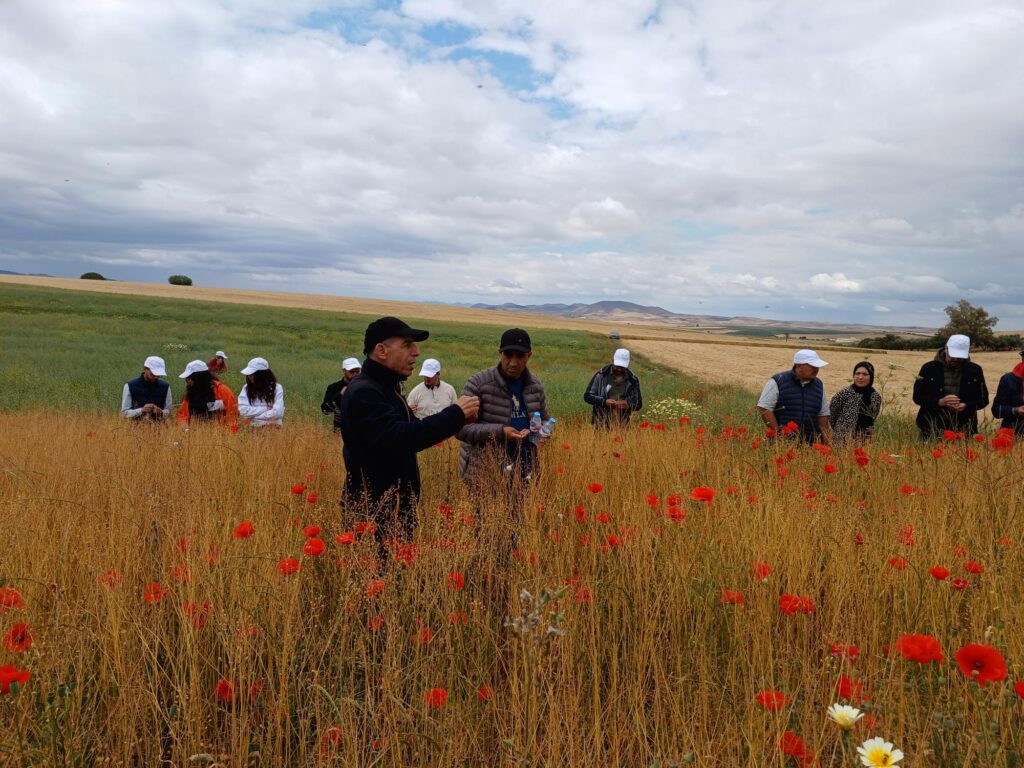
Future actions and market development were discussed, and all participants received flyers and presentation handouts. Many farmers expressed interest in planting camelina in the upcoming season.
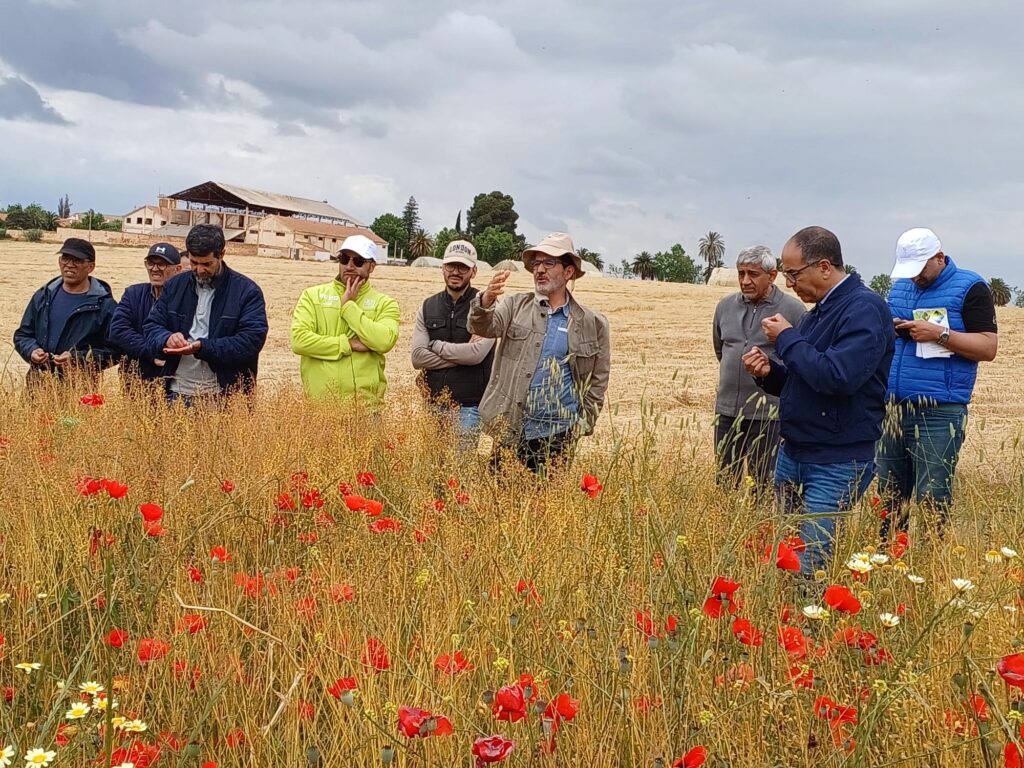
SUBSCRIBE TO A NEWSLETTER
Funded by the European Union. Views and opinions expressed are however those of the author(s) only and do not necessarily reflect those of the European Union or the European Research Executive Agency. Neither the European Union nor the granting authority can be held responsible for them.